- Croatia
- Things to do in Dubrovnik
- Ethnographic Museum
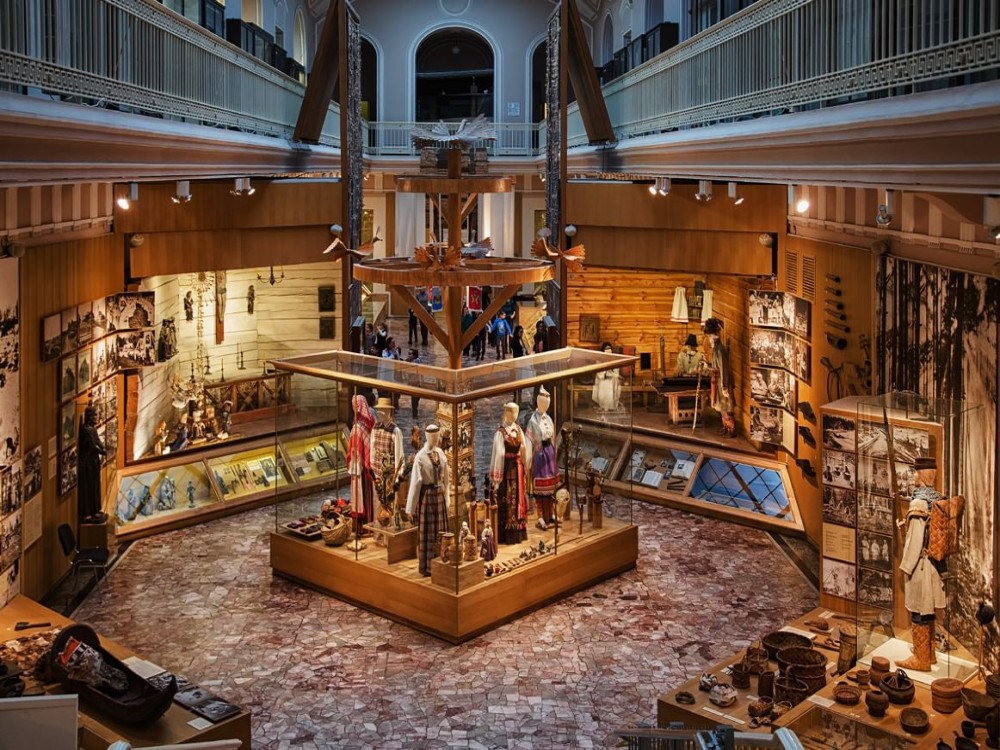
Ethnographic Museum
The Ethnographic Museum, also known as the Rupe Museum, is housed in a former 16th-century granary located in the heart of Dubrovnik’s Old Town. Built in 1590, the granary, known as Rupe, was carved directly into the rock to create deep silos for storing grain, ensuring the city had ample food supplies during times of siege or crisis. Today, the museum showcases a fascinating collection of artifacts, traditional costumes, household items, and tools that reflect the rural life and customs of the Dubrovnik region. Visitors can explore the well-preserved silos and learn about the daily lives of the people who lived in the surrounding countryside.
Ethnographic Museum Tours & Tickets
The Basics
The museum features three floors of exhibits, including:
Traditional Costumes: Displays of beautifully embroidered garments worn by villagers in the Konavle region.
Agricultural Tools: A collection of tools used in farming, winemaking, and olive oil production.
Daily Life Artifacts: Items such as pottery, weaving looms, and kitchen utensils that illustrate the lifestyle of rural communities.
The lower level of the museum includes the original granary silos, which were ingeniously designed to keep grain cool and dry for long periods.
Things to Know Before You Go
Entrance Fee: There is a small admission fee to enter the museum, which includes access to all exhibits.
Language: Most exhibits have descriptions in English and Croatian.
The museum is ideal for those interested in local history, culture, and traditional crafts.
It’s a quieter attraction compared to Dubrovnik’s more popular sites, making it a peaceful place to explore.
How to Get There
The Ethnographic Museum is located near Stradun, in a narrow street leading up toward the city walls. From Pile Gate, walk down Stradun for about 5 minutes, then follow signs pointing to the museum. The entrance is marked by a stone staircase leading up to the former granary.
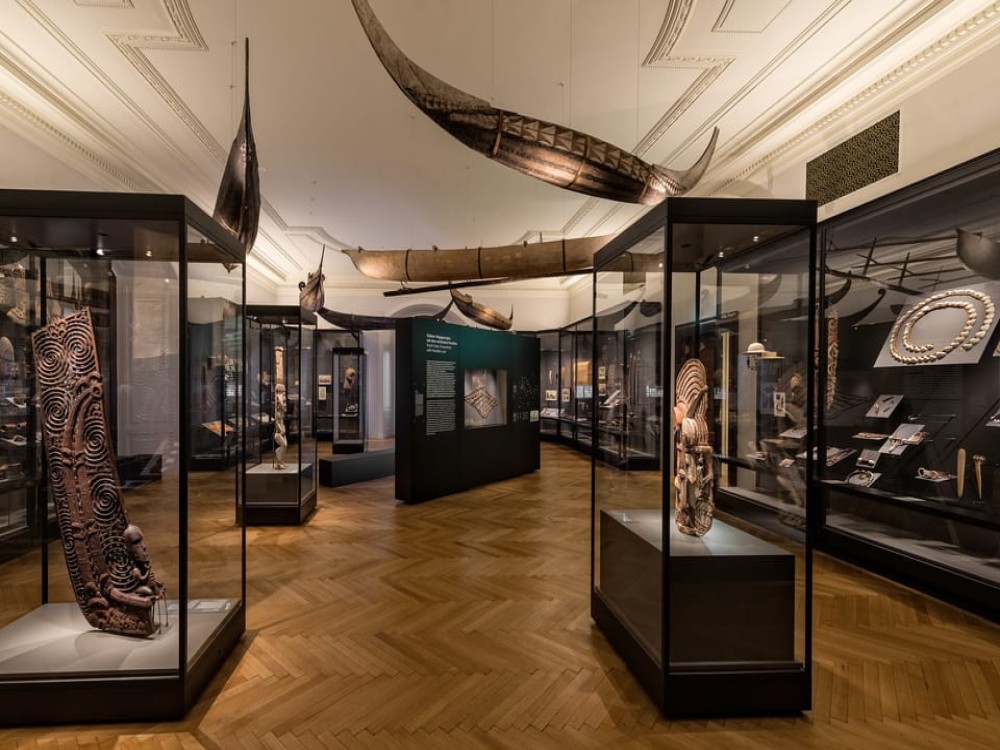
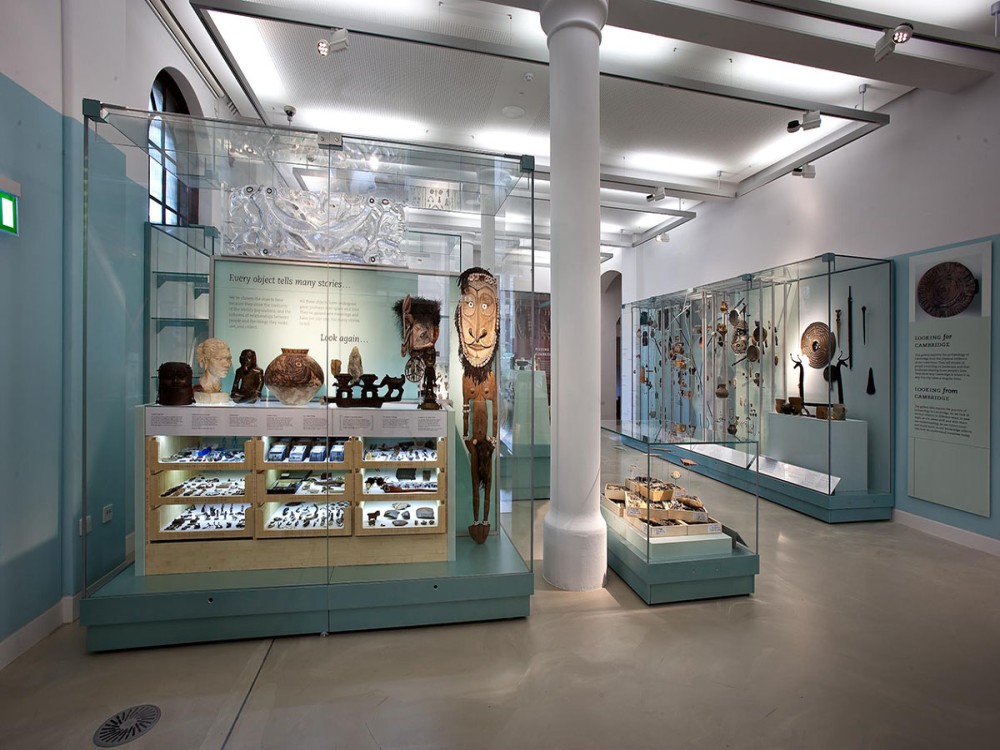
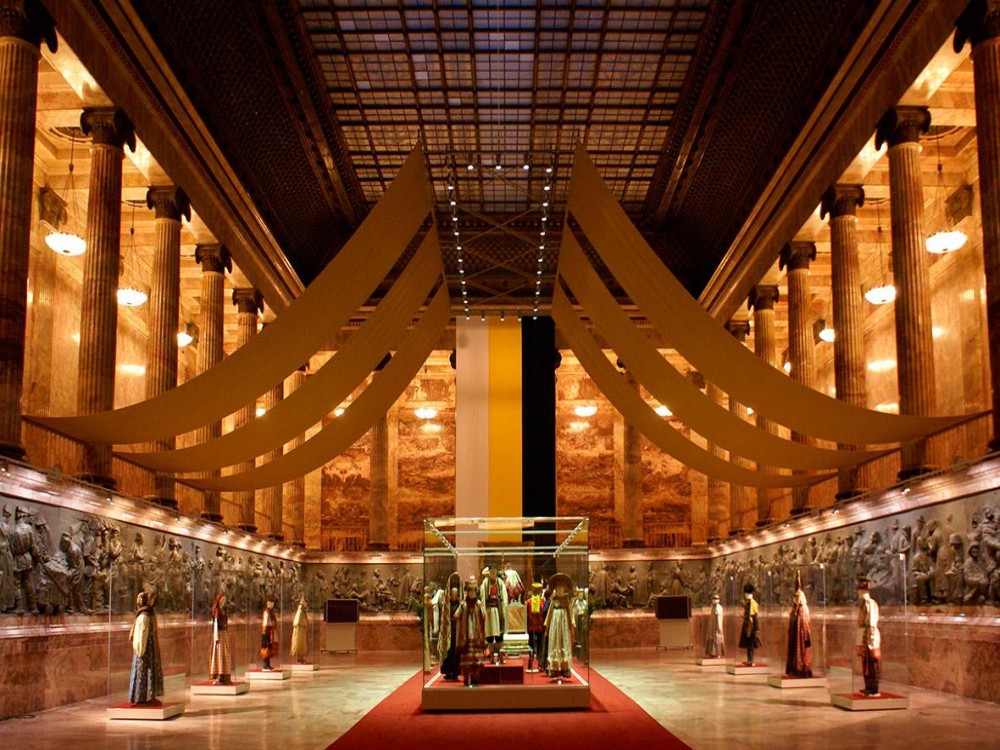

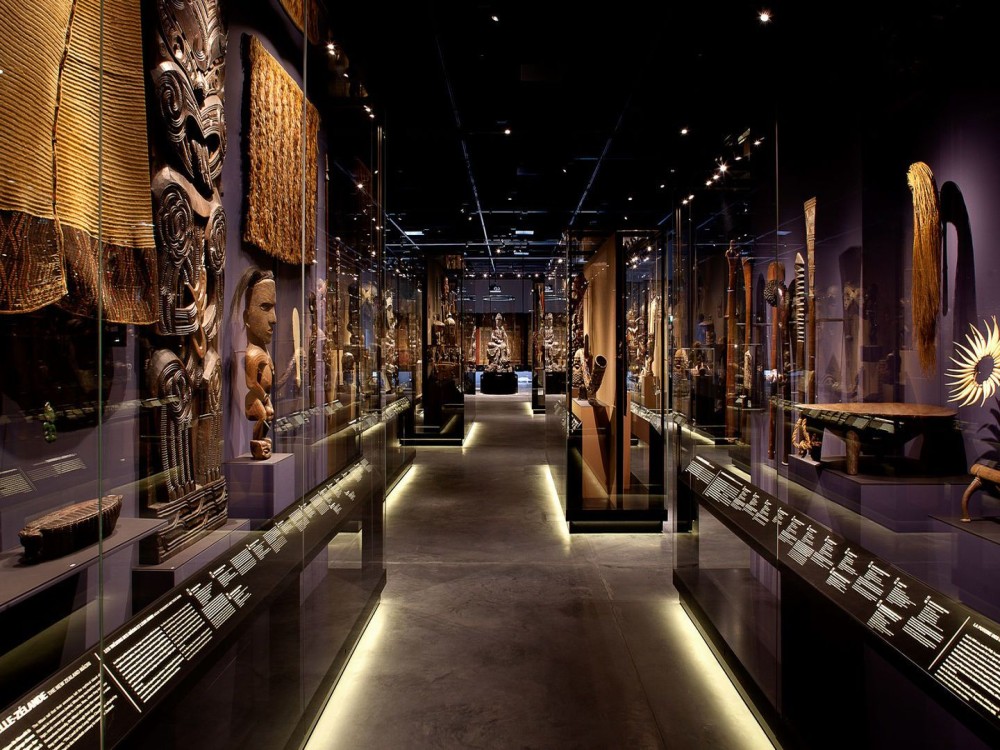
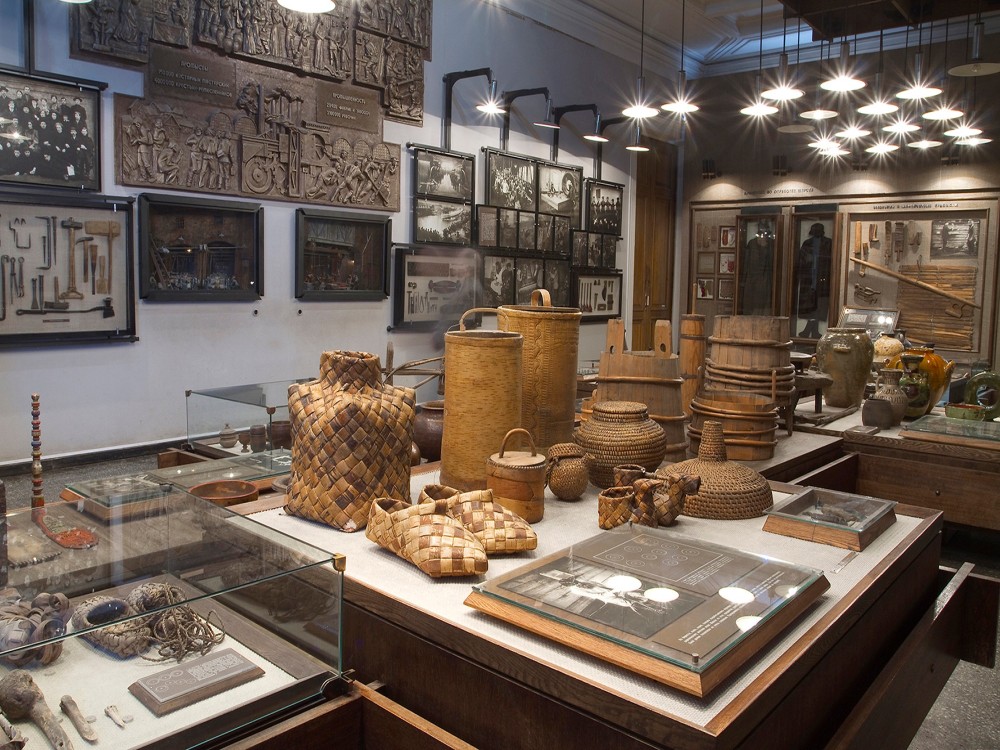
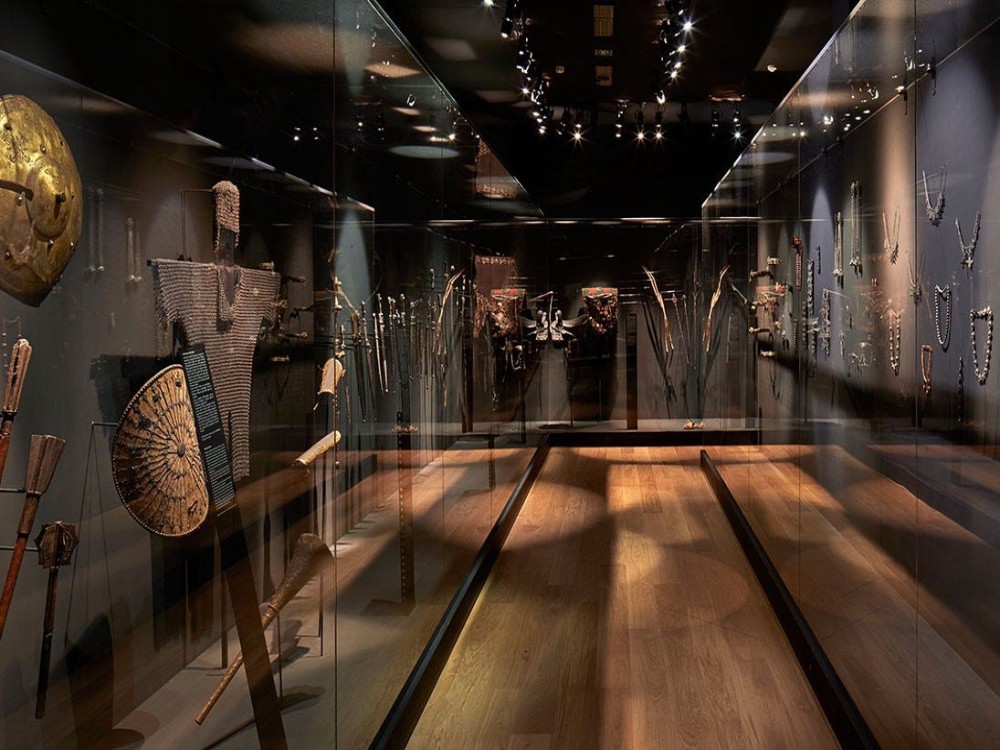
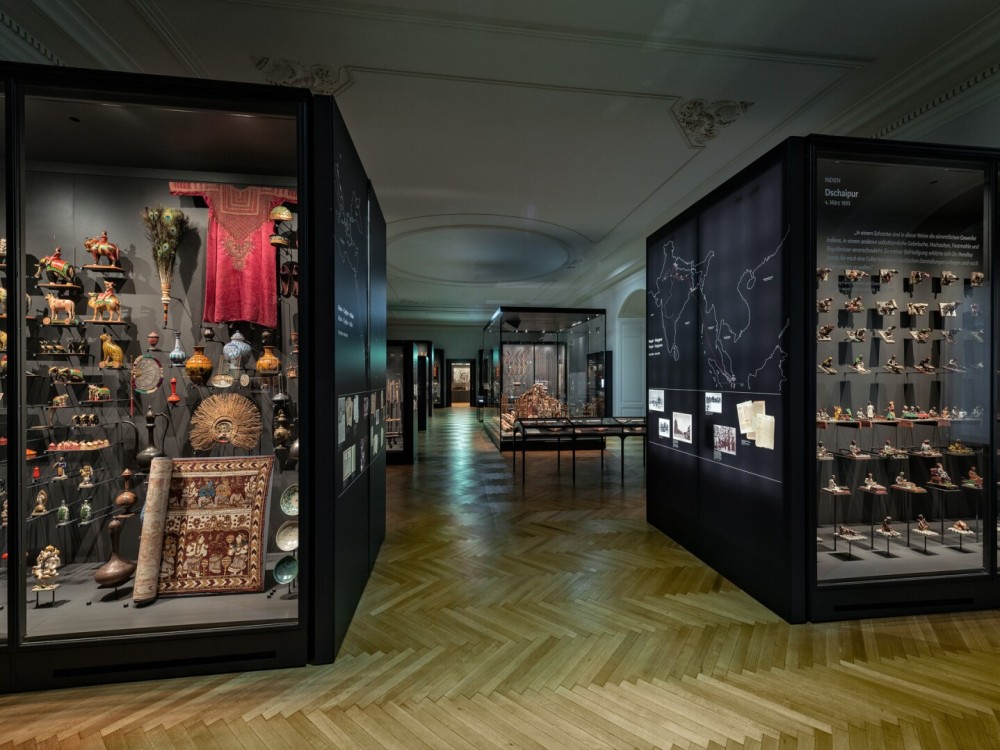
When to Get There
The museum is open year-round, with shorter hours during the winter months. Mornings and early afternoons are the best times to visit, as it’s less crowded, and the lighting is ideal for viewing the exhibits. Visiting during the off-season (autumn or winter) allows for a quieter, more intimate experience.
Day Trips from Dubrovnik
After visiting the Ethnographic Museum, continue your exploration by climbing the nearby city walls for stunning views of Dubrovnik and its surroundings. Head toward Rector’s Palace or Sponza Palace to delve deeper into the city’s history. For a relaxing break, visit one of the nearby cafés or restaurants tucked away in the Old Town’s narrow streets. If you’re interested in more traditional crafts, consider visiting Konavle Valley on a day trip, where you can see local artisans at work and enjoy a rural experience that complements what you’ve learned at the museum.
Copyright © 2025 All Rights Reserved


